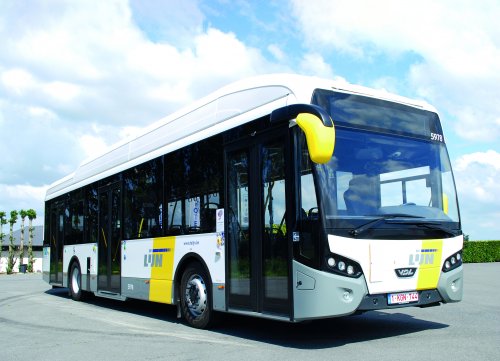
Jonathan Welch speaks to De Lijn Director General Ann Schoubs about making the Flemish state operator fit for the future
In recent weeks and months we have devoted much space in CBW to coverage of electric and hydrogen coaches and buses and the wider decarbonising of the UK’s transport network. It goes without saying that similar processes are happening across the world, as towns, cities, regions and countries look to make their transport systems fit for the future.
De Lijn is a name that may be familiar to many readers, either for its extensive bus network just across the Channel or for its famous coastal tram system. Vlaamse Vervoersmaatschappij De Lijn, or ‘Flemish Transport Company De Lijn’ to give it its full name, is the external autonomous agency within the Flemish government’s mobility domain in Belgium, and operates a fleet of over 2,200 mainly VDL and Van Hool buses and almost 400 trams on its extensive network of routes across Flanders, the Dutch-speaking northern part of the country. Besides the coastal route which covers the entire Belgian coast from De Panne to Knokke, its fleet of trams operates on networks in Antwerp and Ghent, whilst its bus fleet covers all local, regional and inter-city services in the region. Pre-pandemic, the operator carried more than 500m passengers per year.
[…]
By subscribing you will benefit from:
- Operator & Supplier Profiles
- Face-to-Face Interviews
- Lastest News
- Test Drives and Reviews
- Legal Updates
- Route Focus
- Industry Insider Opinions
- Passenger Perspective
- Vehicle Launches
- and much more!


